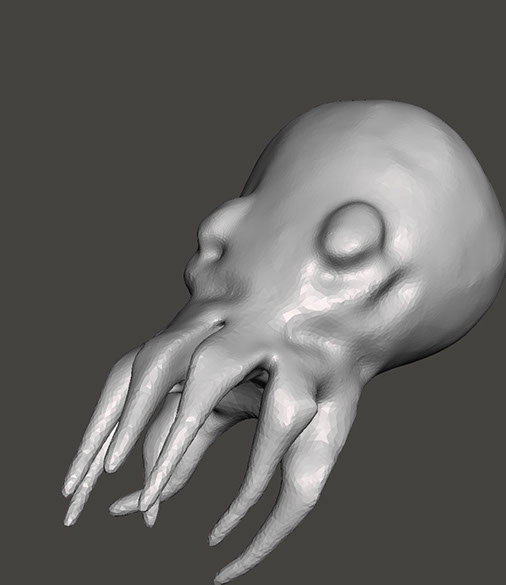Species: Octopus Vulgaris
Student: Bailey Franks
Information:
Zooplankton possess some of the most intricate forms identified in the animal kingdom. Since plankton does not hold a specific taxonomic group, an array of animals can be found within its categories. The Octopus Vulgaris , or the common Octopus, has a very specific time span where it may be considered a zooplankton. The Octopus begins its first stage of life drifting with various Zooplankton as a “paralarvae”. Before being casted away by ocean currents, each paralarvae is held in their mother’s nest and guarded. Octopi can lay up to 30,000 eggs in one life span and, although the mother Octopus guards her nest, the paralarvae need no parental guidance after they break out of their eggs (“Octopus”). These tiny sea creatures are usually found in thermal Coastal waters about 80 meters deep (Nixon). Due to the Octopus’s miniscule size of 4.5 millimeters, the larvae is usually found in samples of Zooplankton and is included within the group. With this said, an Octopus can later grow up to be about 14 feet in length. (“Octopus”, Nixon). With the massive size change in factor, only the larvae form is characterized as a zooplankton.
Just as many plankton, These octopi hold very distinct characteristics that make them easy to identify in a sample. Lee Henry, writer of “The Octopus: or “‘The Devil Fish’ of fiction and of fact”, described paralarvae by stating, “The arms are so rudimentary...and appear only as
little conical excrescences, having points of hairline fineness, and arranged in the form of an eight-rayed coronet around the head”. Paralarvae have eight small arms that fail to look proportional to the rest of their form. Although their adorable appearance could win the love of many, there has not been much research on how these creatures beneficially affect the environment like other Zooplankton.
Works Cited
Lee, H. (1875). The octopus or die died-jsh qf.fiction and,fury. London: Chapman & Hall.
Nixon, Marion, and Katharina Mangold. “The Early Life Of Octopus Vulgaris(Cephalopoda: Octopodidae) in the Plankton and at Settlement: a Change in Lifestyle.” Journal of Zoology , vol. 239, no. 2, 1996, pp. 301–327.
“Octopus.” ZooBorns , www.zooborns.com/zooborns/octopus/ .
